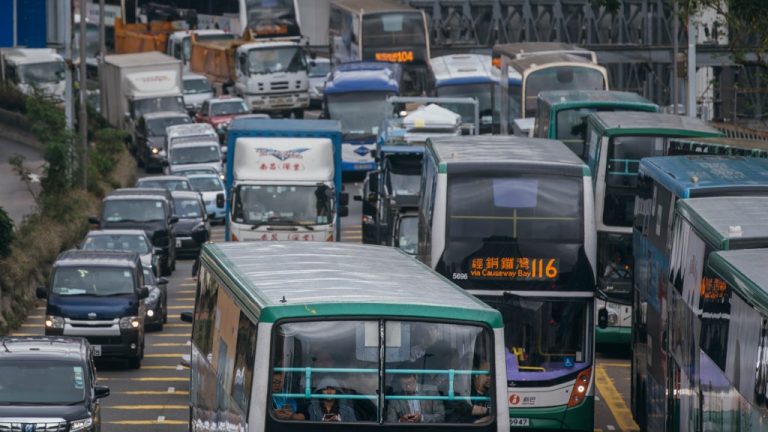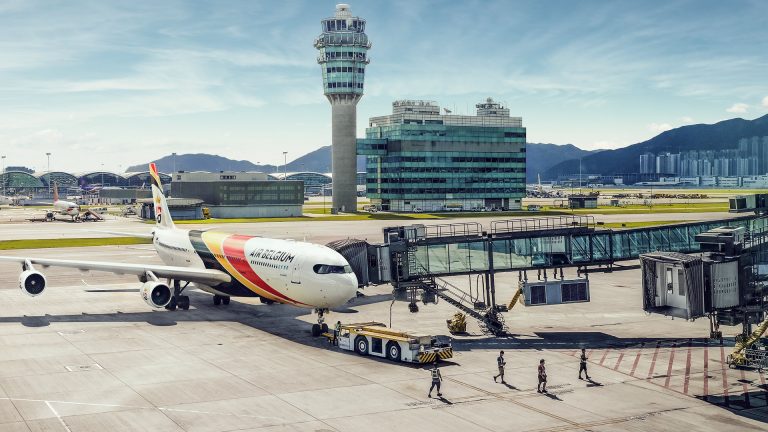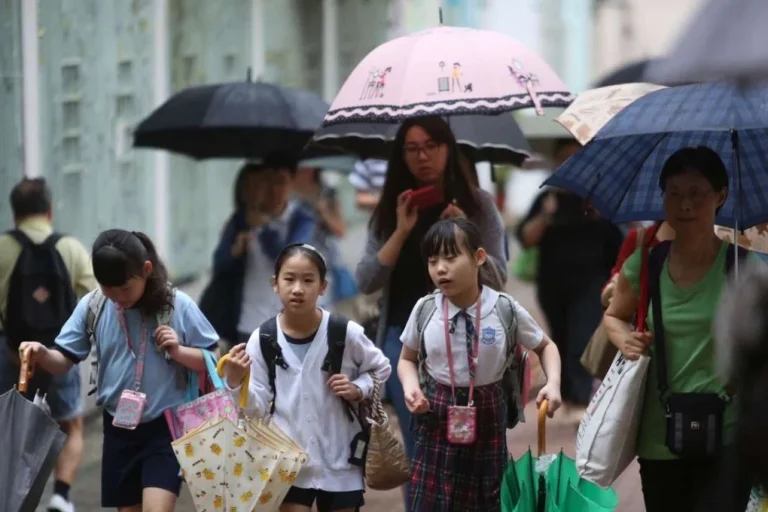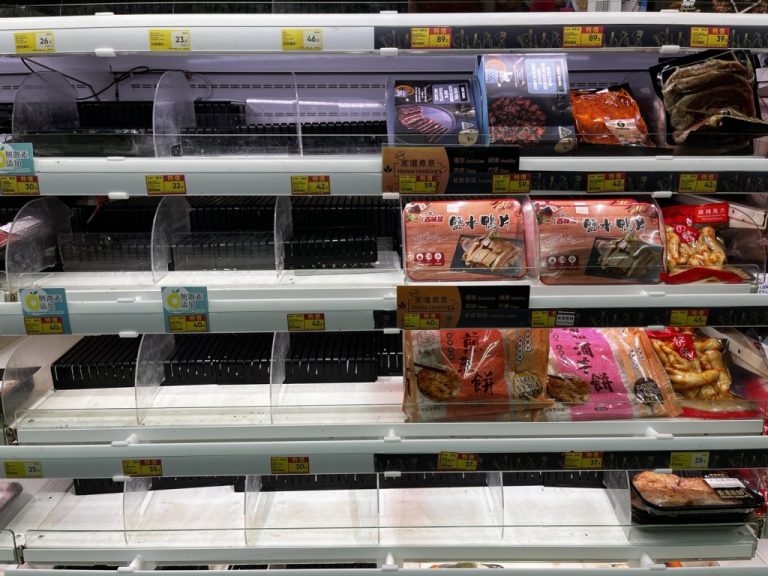As Super Typhoon Ragasa approaches Hong Kong, the city’s Transport Department is demonstrating a comprehensive and proactive approach to public safety and infrastructure protection. With potential severe weather conditions on the horizon, officials are taking strategic steps to minimize disruptions and ensure the safety of residents and commuters.
At the heart of these preparations is the Emergency Transport Coordination Centre, a 24/7 operational hub that serves as the nerve center for managing the city’s response. This critical facility brings together multiple stakeholders, including the MTR Corporation, franchised bus companies, and other public transport operators, creating a unified strategy to address the impending typhoon’s challenges.

Chief Transport Officer Silas Leung Yat-kiu has outlined four key areas of focus that highlight the department’s meticous planning. First and foremost, public transport operators have been instructed to develop robust contingency plans. These plans are designed to allow quick and flexible service adjustments both before and during the typhoon, ensuring that transportation remains as reliable and safe as possible under extreme conditions.
Flood and wind protection have emerged as a critical priority. Operators managing bridges, tunnels, and outdoor services have received specific instructions to reinforce facilities and maintain heightened vigilance. They’re preparing for potential hazards like landslides and fallen trees, with backup crews and equipment strategically positioned to respond to emergencies swiftly. Vehicle owners have also been advised to avoid parking in low-lying areas prone to flooding, a practical step to prevent potential property damage.

The department’s preparations extend beyond transportation infrastructure. District offices are actively working with contractors to secure ongoing roadworks and traffic engineering projects. Special attention is being given to outdoor automatic parking system projects, with extra safety precautions implemented to protect both infrastructure and public safety from potential typhoon-related risks.
Looking ahead, the Transport Department is already planning for post-typhoon recovery. Once conditions permit, they intend to quickly evaluate the storm’s impact and resume essential services like licensing, driving tests, and vehicle inspections. This forward-thinking approach demonstrates a commitment to restoring normalcy as quickly as possible.

While the immediate focus is on practical safety measures, the situation serves as a broader reminder of the unpredictable nature of severe weather. The comprehensive response highlights the importance of preparedness and coordinated planning in mitigating potential risks.
For residents and visitors in Hong Kong, these preparations offer reassurance. The multi-layered approach involving government agencies, transport operators, and contractors shows a sophisticated strategy for managing potential typhoon-related challenges. From securing construction sites to maintaining flexible transportation options, every aspect of public safety is being carefully considered.

As Super Typhoon Ragasa continues its approach, the city stands ready. The Transport Department’s proactive measures reflect not just an emergency response, but a systematic approach to protecting public infrastructure and ensuring community resilience in the face of natural challenges.
Residents are encouraged to stay informed, follow official guidance, and take personal precautions. By working together and maintaining a calm, prepared approach, Hong Kong demonstrates its ability to effectively manage and respond to significant weather events.







